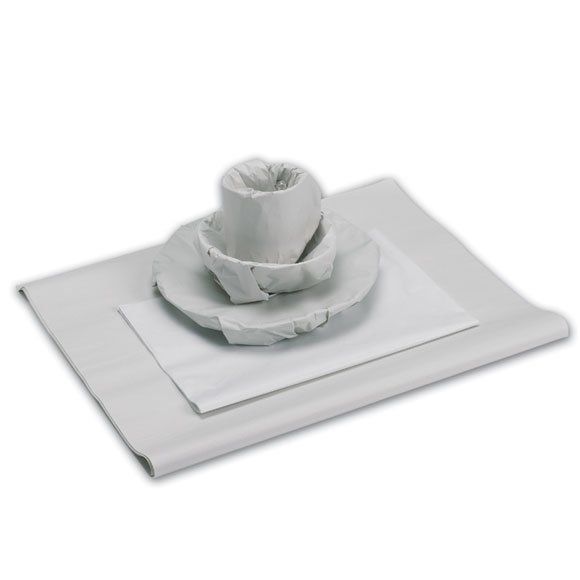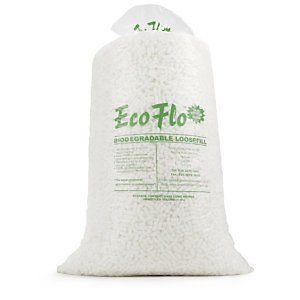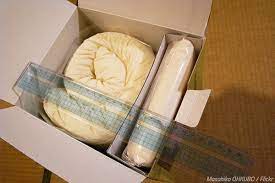Packing material guide
Our packing materials and how to use them.
To pay for a packing service or to not pay for a packing service—this is the question. Here’s another: Do you want to have to replace a broken crockery set or risk chipping your glassware while it’s in the back of the moving van?
Broken household goods are top of the list when it comes to moving stressors. You have two packing options to reduce this likelihood: hire professional packers, through your moving company, or do it yourself.
Of course, a packing service can be pricey. This is only due to the time required in completing this complex process, so if you’re more DIY-inclined (and your budget can’t stretch to the cost of replacing a bunch of broken items) but aren’t sure how to pack your stuff safely, we at Good Moves have got your back
We know the right box for the right items.
Which materials work best with different items.
Our packing material knowledge
We have been utilising our materials and have packed anything you can imagine…even the kitchen sink. We have put together this information base from our knowledge and experience in the industry and know what works, and what doesn’t.
We hope some of the information provided can help you if you are looking to pack yourself.
Here is what we know:
1) Packing paper cushions boxes and fills empty space extremely well.
2) Thick clothes are the best option for protecting fragile items (when used properly, of course).
3) Bubble wrap is effective only when used with other packing materials.
4) Most packing materials work best when used in combination.
We will break down the best packing materials and give you some basic packing tips. If you want to skip ahead, use the jump links below!
Packing Paper
When you are moving, packing paper is a necessity. No questions. It is a simple material for wrapping and protecting everything from your favourite crockery set to your prized superhero figurine collection.
Plus, packing paper gets you great value for your money. One 5Kg pack can cover a fair amount of glassware and crockery. We also use crumpled-up packing paper (crush) to fill empty space in our boxes.
While packing paper is cheap, one downside is that it does not provide a whole lot of protection when used on its own. That is why we recommend pairing it with other packing materials, like bubble wrap or Styrofoam. Use packing paper first, and then cushion any items wrapped in paper, like mirrors and kitchenware, with these other materials.
Packing paper is meant to protect your dishware from scratches, scuffs, bumps, and bruises—it will not prevent breakage if your boxes get tossed around.
If you don’t want to spend money on packing paper, you can use old newspaper as long as you double-up your fragile items. Newspaper is thinner than most packing papers. Also, be aware of ink! It is not common, but if newspaper gets wet it can bleed onto your crockery.
How to pack bowls using packing paper
Step 1: Place a bowl in the centre of a piece of packing paper. Pull one corner of the paper over the side of the bowl and tuck it into the middle.
Step 2: Wrap the remaining edges of the paper over the bowl, tucking them in as you did on the first go-round. Once the bowl is fully covered, flip it over and roll it in another sheet of paper.
How to pack plates using packing paper
Step 1: Tear pieces of packing paper in half, then crumple the halves into balls. Use these to cushion the bottom of your box.
Step 2: Place one plate on top of one or two sheets of packing paper.
Step 3: Fold the bottom right corner of the sheet(s) and pull it toward the upper left corner of the paper. Fold each corner over until your plate is completely covered.
Step 4: Stack another dish on top and repeat the same process.
Step 5: Once every plate is stacked and covered, wrap the whole thing in multiple pieces of packing paper. Fold and tuck excess edges of paper under the plates.
How to pack plates and bowls in a box
Always stack upright plates side by side. Think of how you would pack a record collection: instead of stacking one record on top of another, you would file them next to each other.
Once all your items are in the box, top them with rolled-up pieces of packing paper.
Make sure you add cushion between the plates and bowls and the box: packing paper, Styrofoam blocks, bubble wrap, clothes, or any other soft material will do the trick.
Pros
- Can be used to pack almost anything
- Protects fragile items from scuffs or scratches
- Is affordable
Cons
- Needs to be combined with Styrofoam or bubble wrap to offer maximum protection
Packing peanuts
Styrofoam and packing peanuts are great but only when used in conjunction with the other materials. Ideally used alongside paper or bubble wrap
Packing peanuts are great at filling up empty spaces in boxes quickly, but they should never be used alone to pad your belongings.
We use these mainly in wooden crates protecting chandeliers, vases and lamps. Wrapping and securing the item in place and then filling the void with the packing peanuts.
Pros
- Comes in a variety of shapes and sizes
- Good for filling empty space
- Bio-Degradable
Cons
- Not effective when used alone
Bubble wrap
Bubble wrap is great, especially for wrapping up pictures, mirrors, and any other fragile items. Bubble wrap is best, though, when combined with other packing materials.
We do not recommend using bubble wrap on its own. It doesn’t pad objects tightly enough or do enough to prevent shifting (unless you buy an absurd amount of it).
Also, bubble wrap is not cheap. You will need a lot to properly pad your box, and the last thing you want to do is skimp on packing materials (or go over your budget).
Pros
- Pads box well
- Protects fragile items (if used with other packing materials)
- Fills empty space
Cons
- Gets pricey
Clothing and linen
There’s no “right” way to pack with clothes or other materials, but here are some simple tricks.
Use only thick clothing (think hoodies/jumpers/duvets).
Use bedsheets to fill space
The only downside to using clothing is that it takes up more space in your box than other packing materials. When carrying out packing for overseas, we would pack items like vases in duvets, but make sure to write the contents on the outside of the box otherwise you will pull the duvet out forgetting your favourite vase is in there.
Pros
- Is free
- Kills two birds with one stone
Cons
- Takes up more space
- Could ruin clothes
Conclusion
How you pack your household goods is just as important as what you pack your belongings with. Most packing materials are most effective when used together.
For instance, we never recommend packing a box with only packing paper or only bubble wrap.
Here are the packing materials you should always stock up with:
Packing paper
Moving boxes
Packing tape
Bubble wrap
Here are packing materials that are helpful but that will not make or (literally) break things:
Packing peanuts (better for filling large volumes)
Remember: when in doubt, don’t be afraid to pad things using your clothes!
Please bear in mind that if you have hired a removal company to relocate your goods, standard removal insurance coverage only covers items packed by the removal firm. Items packed by you (owner packed goods) are not covered, so please ensure that you have packed as well as possible. It is not the removal company's fault if you have packed a box of crockery without protecting the goods.
Whilst they should take care handling your goods, items can and may move around in transit.




